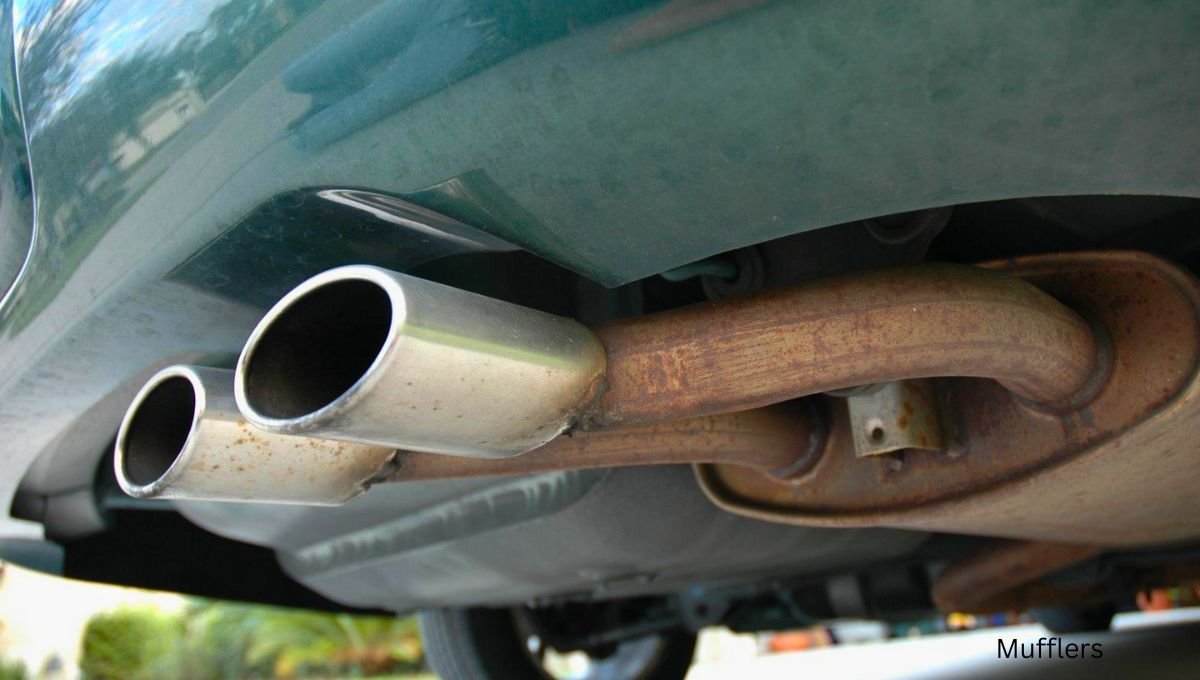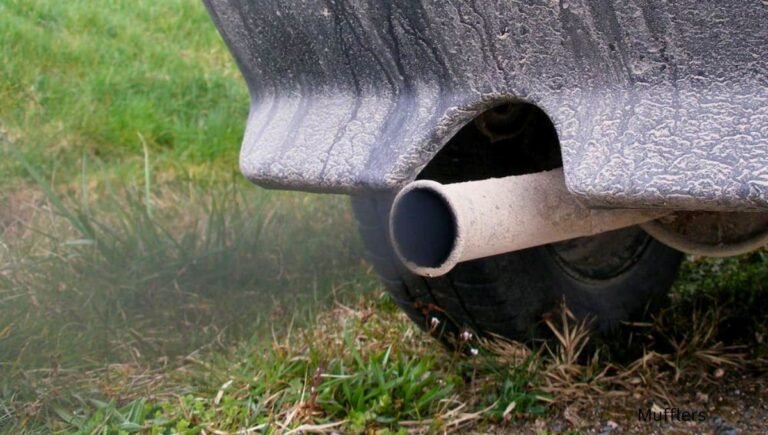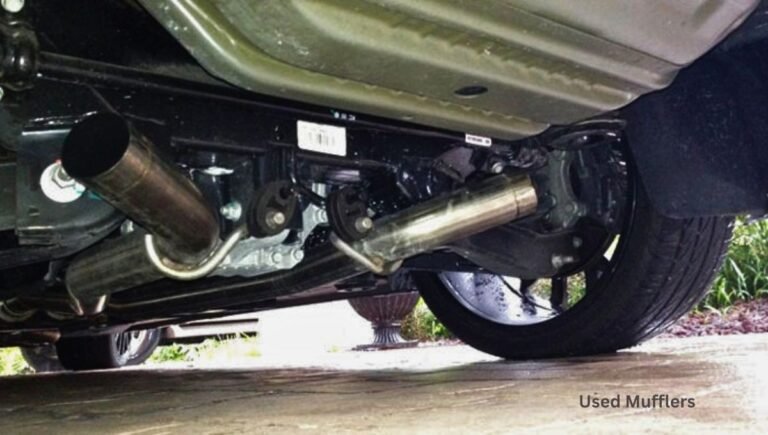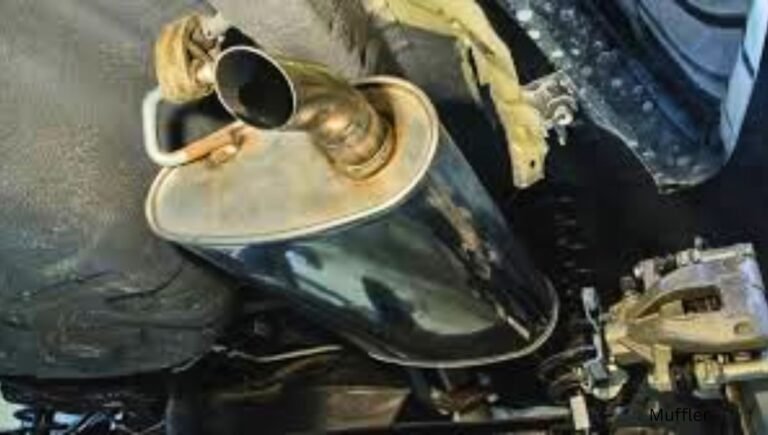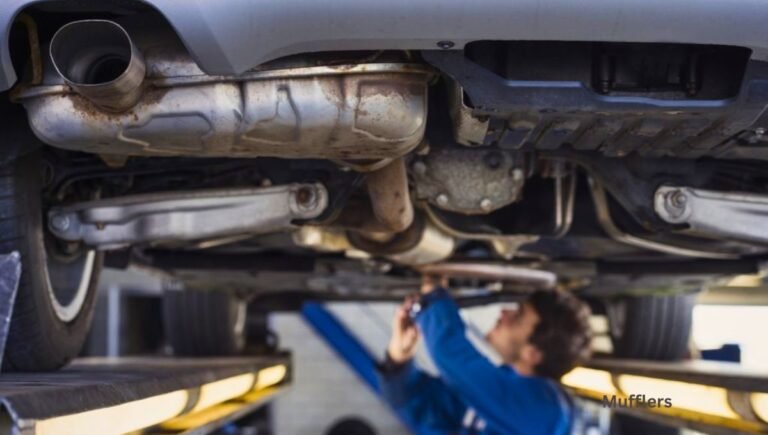Can You Clean Out a Muffler? Quick & Effective Tips
Yes, you can clean out a muffler by using specialized muffler cleaning products and following the manufacturer’s instructions. Cleaning a muffler regularly can help improve its performance and extend its lifespan.
Cleaning out a muffler is an important maintenance task that can enhance the performance and longevity of your vehicle’s exhaust system. Over time, mufflers can accumulate carbon buildup, dirt, and other debris, which can restrict the flow of exhaust gases and affect the overall efficiency of the system.
By cleaning the muffler, you can remove these deposits and restore optimal functionality. We will explore the process of cleaning out a muffler, including the tools and techniques involved, as well as the benefits of regular maintenance. Whether you are a DIY enthusiast or seeking professional assistance, understanding how to clean a muffler can help keep your vehicle running smoothly and efficiently.
Introduction To Muffler Maintenance
Significance Of A Clean Muffler
A clean muffler is crucial for maintaining the efficiency and performance of your vehicle. A well-maintained muffler ensures that the exhaust system functions optimally, reducing harmful emissions and noise levels.
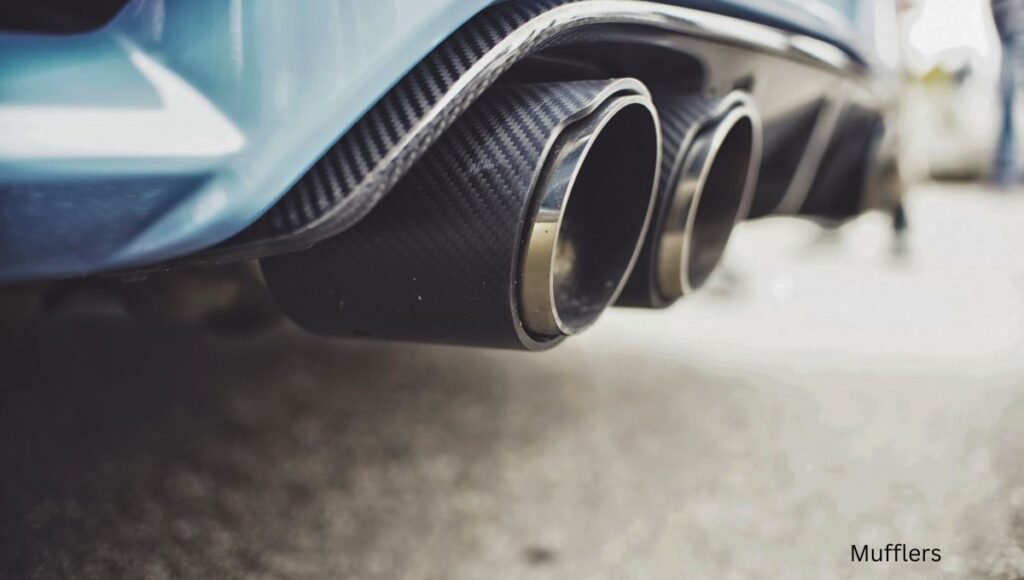
Symptoms Of A Dirty Muffler
- Increased exhaust noise
- Reduced fuel efficiency
- Visible soot or rust on the muffler
- Unusual vibrations from the exhaust system
Safety First: Preparing To Clean
To ensure safety, it is crucial to prepare adequately before attempting to clean out a muffler. Proper gear and caution must be in place for a successful and safe cleaning process. Remember to prioritize safety to avoid any potential risks or accidents during the cleaning task.
Cleaning out a muffler is an essential part of maintaining your vehicle’s exhaust system. However, before you start cleaning, it’s important to take some precautions to protect yourself from potential hazards. This section will cover the tools and materials needed, as well as the protective gear and precautions to take when cleaning a muffler.
Tools And Materials Needed
To clean out a muffler, you will need the following tools and materials:
- A muffler cleaner or degreaser
- A wire brush or scraper
- A bucket or basin
- A hose or pressure washer
- A pair of gloves
- A mask or respirator
Protective Gear And Precautions
Cleaning a muffler can be a messy and potentially dangerous job, so it’s important to take some precautions. Here are some steps you should take to protect yourself:
- Wear gloves to protect your hands from chemicals and debris
- Wear a mask or respirator to protect your lungs from harmful fumes
- Work in a well-ventilated area or outdoors to avoid inhaling fumes
- Avoid wearing loose clothing or jewelry that could get caught in moving parts
- Use caution when working around hot surfaces and moving parts
In conclusion, cleaning out a muffler is an important part of maintaining your vehicle’s exhaust system, but it’s important to take precautions to protect yourself from potential hazards. By following these steps and using the right tools and protective gear, you can safely and effectively clean out your muffler.
Inspecting The Muffler
Inspecting the muffler is essential to ensure it functions properly. Cleaning out a muffler is not recommended, as it may cause damage. Instead, consult a professional to address any issues and maintain optimal performance. Regular maintenance will help extend the life of your muffler and prevent costly repairs.
Regular inspection of your car’s muffler is important to ensure its proper functioning. A muffler that is blocked or damaged can lead to poor engine performance, loud noise, and even harm to the environment. In this section, we will discuss some visual inspection tips, as well as identifying blockages and damage in the muffler.
Visual Inspection Tips
To visually inspect your muffler, park your car on a flat surface and let it cool down. Next, crawl under your car and locate the muffler. Here are some visual inspection tips to keep in mind:
- Check for any dents or rust on the muffler’s surface.
- Inspect the muffler’s hangers for any signs of wear and tear.
- Look for any cracks or holes in the muffler’s pipes.
Identifying Blockages And Damage
A muffler that is blocked or damaged can lead to a decrease in your car’s performance. Here are some signs to look out for when identifying blockages and damage in your muffler:
| Signs of Blockages | Signs of Damage |
|---|---|
|
|
In conclusion, inspecting the muffler is an important part of car maintenance that should not be overlooked. By visually inspecting the muffler and identifying blockages and damage, you can ensure your car is running smoothly and efficiently.
The Cleaning Process
When it comes to cleaning out a muffler, it’s important to follow a thorough process to ensure effective results. The cleaning process involves removing the muffler, deciding between chemical cleaning agents and natural solutions, and executing the cleaning method that best suits your needs. Let’s explore each step in detail.
Removing The Muffler
To begin the cleaning process, the muffler must be carefully removed from the vehicle. This can be done by loosening the clamps or bolts that secure the muffler to the exhaust system. Once detached, the muffler should be inspected for any visible debris or blockages that may impede the cleaning process.
Chemical Cleaning Agents Vs. Natural Solutions
When it comes to cleaning the interior of a muffler, there are various options to consider. Chemical cleaning agents are designed to break down and dissolve carbon deposits and other buildup within the muffler. On the other hand, natural solutions such as a vinegar and water mixture or a baking soda paste can provide an eco-friendly alternative for cleaning the muffler.
Manual Cleaning Techniques
When it comes to cleaning out a muffler, manual techniques can be a cost-effective and efficient solution. By following these manual cleaning techniques, you can ensure your muffler is free from debris and functioning optimally. In this section, we will explore two key methods for cleaning a muffler: scrubbing and debris removal, and rinsing and drying methods.
Scrubbing And Debris Removal
To effectively clean a muffler, scrubbing and debris removal are essential steps. Here’s how you can go about it:
- Start by removing the muffler from the vehicle. This will provide better access for cleaning.
- Using a wire brush or a stiff-bristled brush, scrub the exterior surface of the muffler. Focus on areas where dirt, grime, or rust may have accumulated.
- Gently tap the muffler with a rubber mallet to dislodge any loose debris or carbon buildup.
- For stubborn residue, you can use a cleaning solution specifically designed for exhaust systems. Apply the solution to the affected areas and scrub again.
- Once the scrubbing is complete, rinse the muffler thoroughly with water to remove any remaining dirt or cleaning solution.
Rinsing And Drying Methods
After scrubbing and debris removal, it’s important to rinse and dry the muffler properly. Follow these steps:
- Using a hose or bucket of water, rinse the muffler inside and out. Make sure to remove all traces of dirt, debris, and cleaning solution.
- After rinsing, wipe the muffler with a clean, dry cloth to remove excess moisture.
- To ensure thorough drying, you can use compressed air to blow out any remaining water from the muffler.
- Allow the muffler to air dry completely before reinstalling it onto the vehicle.
By following these manual cleaning techniques, you can effectively clean out your muffler and maintain its performance. Remember to wear protective gloves and eyewear during the cleaning process for your safety.
Reinstalling The Muffler
After cleaning out the muffler, the next step is to reinstall it properly. Ensuring the correct installation of the muffler is crucial for optimal vehicle performance and safety. Here are the key steps to follow when reinstalling the muffler:
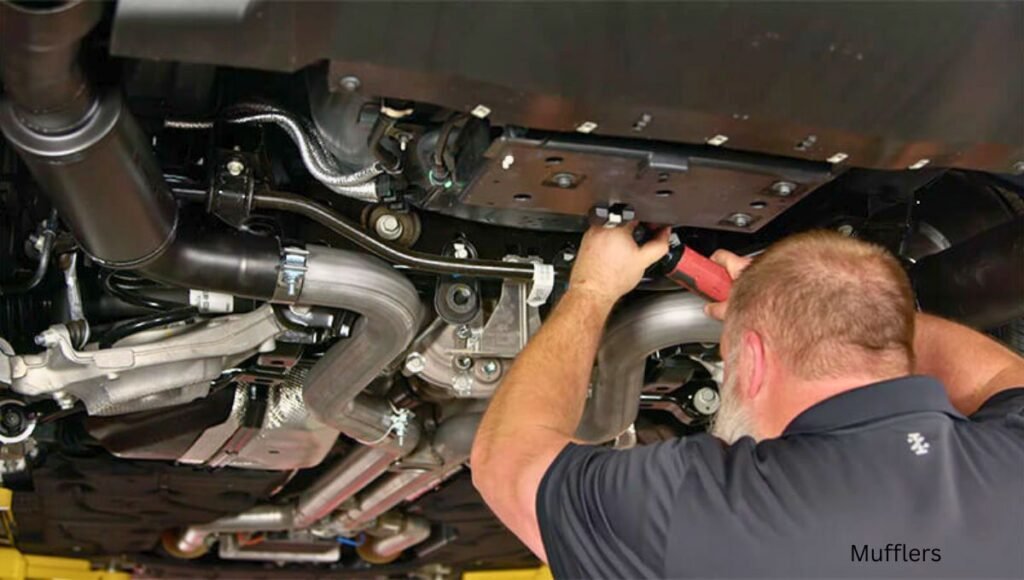
Ensuring Proper Alignment
1. Align the muffler with the exhaust pipe using the manufacturer’s guidelines.
2. Ensure that the hangers and brackets are aligned correctly for a secure fit.
Sealing And Final Checks
1. Use exhaust sealant to properly seal the connections between the muffler and exhaust pipe.
2. Double-check all connections and fasteners to ensure they are securely tightened.
3. Perform a visual inspection to confirm that the muffler is properly aligned and does not interfere with other components.
Preventive Measures For Muffler Care
Mufflers play a crucial role in reducing noise and emissions in a vehicle’s exhaust system. To ensure your muffler functions efficiently, it’s essential to implement preventive measures for its care.
Regular Inspection Schedules
Inspect muffler for rust or damage every 6 months.
Ensure exhaust system is securely attached to the vehicle.
Driving Habits To Avoid Muffler Clogs
- Avoid driving over rough terrain to prevent muffler damage.
- Refrain from excessive idling to reduce carbon buildup.
Professional Cleaning Services
Professional cleaning services can effectively clean out a muffler, removing dirt, debris, and carbon deposits to restore its performance. With their expertise and specialized equipment, they ensure a thorough and efficient cleaning process, improving the overall functionality of the muffler.
When To Seek Expert Help
If you notice excessive soot or carbon buildup, it’s time to seek professional help.
Benefits Of Professional Muffler Maintenance
Professional cleaning services ensure optimal performance and extend muffler lifespan.
Common Questions About Muffler Cleaning
Yes, you can clean out a muffler to remove built-up dirt and debris, improving its performance and extending its lifespan. Regular cleaning can help prevent corrosion and reduce the risk of exhaust system damage. It’s important to follow the manufacturer’s recommendations for cleaning frequency and methods to ensure optimal results and maintain the muffler’s efficiency.
Drivers often wonder about the impact of cleaning their muffler on performance and how frequently this maintenance task should be performed. Let’s address some of these common questions.
Can Cleaning Improve Performance?
Cleaning your muffler can potentially improve its performance by removing built-up deposits and blockages that restrict airflow.
Frequency Of Muffler Cleaning
The frequency of muffler cleaning varies based on individual driving habits and environmental conditions. A general guideline is to inspect and clean the muffler during regular maintenance checks.
Conclusion
Cleaning out a muffler can improve vehicle performance and reduce noise levels. Regular maintenance is key to preserving your muffler’s lifespan and ensuring optimal functionality. By following proper cleaning techniques, you can extend the life of your muffler and enjoy a quieter, more efficient driving experience.

